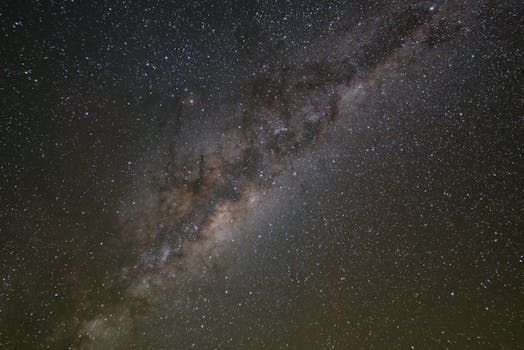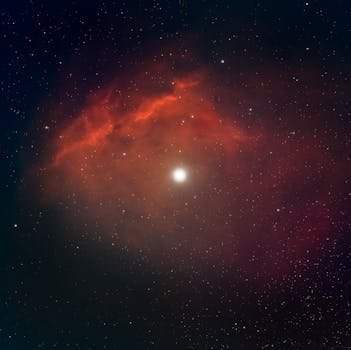
“
From Stardust to Dreams: Imagining Life Beyond the Stars
Introduction to the Wonders of the Universe

From Stardust to Dreams: Imagining Life Beyond the Stars is a journey that takes us through the vast expanse of the universe, exploring the formation of stars, galaxies, and the potential for life beyond Earth. As we delve into the mysteries of the cosmos, we begin to realize that the universe is full of wonders and surprises, from black holes to dark matter, and from the beauty of celestial bodies to the search for extraterrestrial life.
The universe is a complex and intricate system, with billions of galaxies, each containing billions of stars. The formation of stars is a process that has been occurring for billions of years, with new stars being born and old stars dying. The life cycle of a star is a fascinating process, with stars going through various stages, from protostar to main sequence, and finally to white dwarf or supernova.
Exploring the Possibilities of Life Beyond Earth

The search for extraterrestrial life is an ongoing endeavor, with scientists using a variety of methods to search for life beyond Earth. From the study of exoplanets to the search for biosignatures, scientists are working tirelessly to determine if we are alone in the universe. The discovery of exoplanets, which are planets that orbit stars other than the Sun, has opened up new possibilities for the search for life beyond Earth.
The study of exoplanets has revealed that there are billions of planets in the universe that could potentially support life. The search for biosignatures, which are signs of biological activity, is a key area of research in the search for extraterrestrial life. Scientists are using a variety of methods to search for biosignatures, including the study of the atmospheres of exoplanets and the search for radio signals from other civilizations.
The Technology Behind the Search for Life Beyond Earth

The search for extraterrestrial life is a complex and challenging endeavor, requiring sophisticated technology and cutting-edge research. From telescopes to spacecraft, scientists are using a variety of tools to search for life beyond Earth. The development of new technologies, such as the Square Kilometre Array (SKA) and the James Webb Space Telescope (JWST), is expected to play a major role in the search for extraterrestrial life.
The SKA is a next-generation radio telescope that will be capable of detecting faint signals from distant galaxies. The JWST is a space telescope that will be capable of studying the atmospheres of exoplanets and detecting signs of biological activity. The development of these technologies is a key step in the search for extraterrestrial life, and is expected to play a major role in the discovery of life beyond Earth.
Conclusion and Takeaways

From Stardust to Dreams: Imagining Life Beyond the Stars is a journey that takes us through the wonders of the universe and the possibilities of life beyond Earth. As we explore the cosmos, we begin to realize that the universe is full of mysteries and surprises, and that the search for extraterrestrial life is an ongoing endeavor. The development of new technologies and the study of exoplanets are key areas of research in the search for life beyond Earth.
The takeaways from this article are:
- The universe is a complex and intricate system, with billions of galaxies and stars.
- The search for extraterrestrial life is an ongoing endeavor, with scientists using a variety of methods to search for life beyond Earth.
- The development of new technologies, such as the SKA and JWST, is expected to play a major role in the search for extraterrestrial life.
- The study of exoplanets and the search for biosignatures are key areas of research in the search for life beyond Earth.
See more:
https://www.nasa.gov/
https://www.esa.int/
https://www.space.com/







